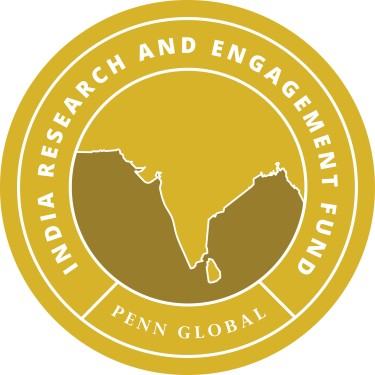Reclaiming India’s Nalas
Basic Page Sidebar Menu Penn Global

Anu Mathur
Located in a poor and low-lying neighborhood in the city of Patna prone to debilitating floods, the site of the project, a heavily polluted nala (a low ground made into a drain), exemplifies a deep-seated problem with the infrastructure of cities in India. Driven to drain land of the heavy rain that comes with the monsoon each year, this infrastructure has made cities vulnerable to flood with drains that are choked with garbage and debris, polluted with sewage and toxic effluent, and encroached upon by unauthorized settlements. While the government searches for lasting solutions to these problems, solutions that remain elusive, this project proposes to revise the city's relationship to rain in India. The infrastructure of cities in a monsoon landscape, it argues, ought not to drain land of rain, but rather to hold it in multiple ways and places—in the earth, on the ground and in flora and fauna. It sets the stage not only for cities to become rain-holding systems, but also for nalas to recover their traditional role as places of holding and cultivation—this time with biotic cleansing material. It is with this shift from draining to holding rain in mind that we propose the development of a schematic design and feasibility study for the reclamation of the Saidpur Nala in Patna in tandem with the development of the Science City Museum project sponsored by the Government of Bihar sited adjacent to it. Can the nala, we ask, be transformed into a biotic cleanser and habitat that serves as the front for communities and the Science City Museum rather than their unsightly backyard? And can this project be grown across Patna through other opportune sites and have lessons for other cities in India? The grant will enable us to work with leading scientists in the US and India in the area of biotic engineering and pursue these questions in collaboration with colleagues and students at Penn and the Anant National University in Ahmedabad, our partner institution in India.

